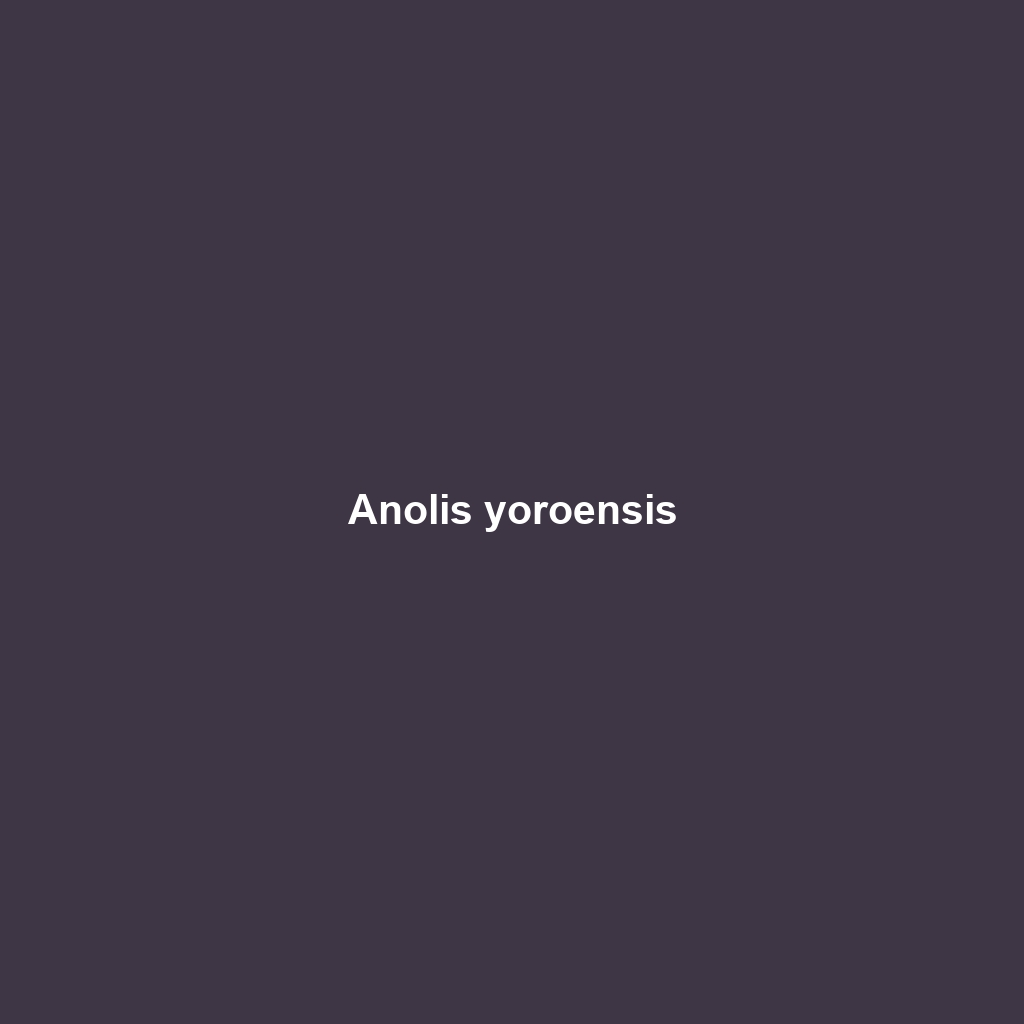Common Name: Anolis zapotecorum
Scientific Name: Anolis zapotecorum
Habitat:
Anolis zapotecorum is primarily found in the mountainous regions of southern Mexico, particularly in the Sierra Madre del Sur. This species favors humid, tropical environments and is often located in cloud forests and disturbed areas. The specific geographic areas include Oaxaca and parts of Guerrero, where it thrives in areas with ample foliage and high humidity.
Physical Characteristics:
Anolis zapotecorum is a small to medium-sized lizard, typically measuring between 6 to 10 cm in total length. This species exhibits a variety of colors, including greens, browns, and grays, often with distinctive patterns that aid in camouflage within its leafy habitat. One of the lizard’s standout features is its elongated body and slender limbs, as well as its dewlaps, which are particularly prominent in males and used for communication during mating displays.
Behavior:
This species is diurnal and is commonly seen basking in sunlight or actively foraging among leaves and branches. Anolis zapotecorum demonstrates territorial behavior, particularly among males, who will engage in displays of aggression during breeding season. They are adept climbers, often found perched on trees or shrubs, making use of their specialized toe pads for grip.
Diet:
The diet of Anolis zapotecorum primarily consists of insects and other small invertebrates. Common food sources include ants, beetles, and caterpillars. This lizard is also known to consume smaller arthropods, which are readily available in its lush habitat. Its feeding habits demonstrate that it plays an important role in controlling insect populations in its ecosystem.
Reproduction:
Anolis zapotecorum breeds during the warmer months, typically from late spring to early autumn. Males display courtship behaviors to attract females, including head bobbing and dewlap extensions. After mating, females lay clutches of 1 to 3 eggs in moist soil or leaf litter, which incubate for several weeks before hatching. The young lizards emerge fully formed and are independent upon birth.
Conservation Status:
The current conservation status of Anolis zapotecorum is classified as “Least Concern” according to the IUCN Red List. However, habitat loss due to deforestation and urbanization poses potential threats to its populations in certain areas. Conservation efforts are crucial to ensuring the stability of this species’ habitat.
Interesting Facts:
Anolis zapotecorum is particularly notable for its ability to change color slightly in response to temperature and social interactions, much like its other Anolis relatives. Additionally, this species is known to perform elaborate courtship displays that highlight its vibrant dewlaps, making it a fascinating subject for herpetology enthusiasts.
Role in Ecosystem:
Anolis zapotecorum plays a vital role in its ecosystem as both a predator and prey. By feeding on a variety of insects, it helps maintain the balance of insect populations. Furthermore, it serves as a food source for larger predators, contributing to the food web dynamics within its tropical forest habitat.
